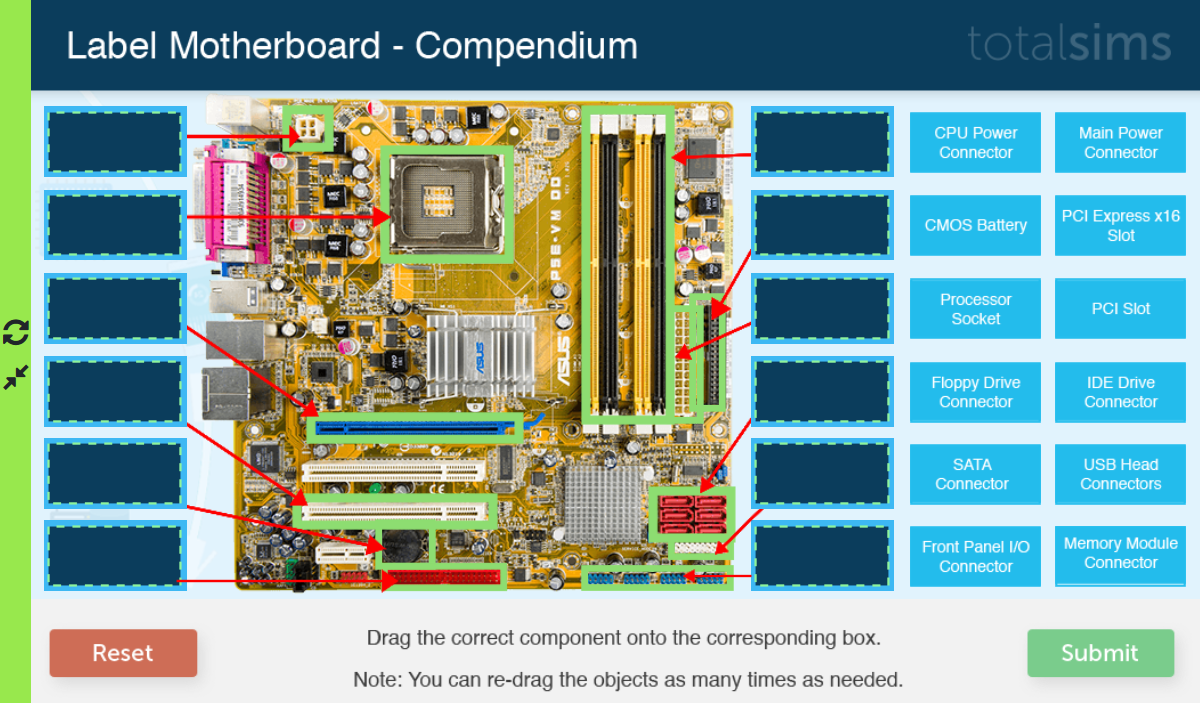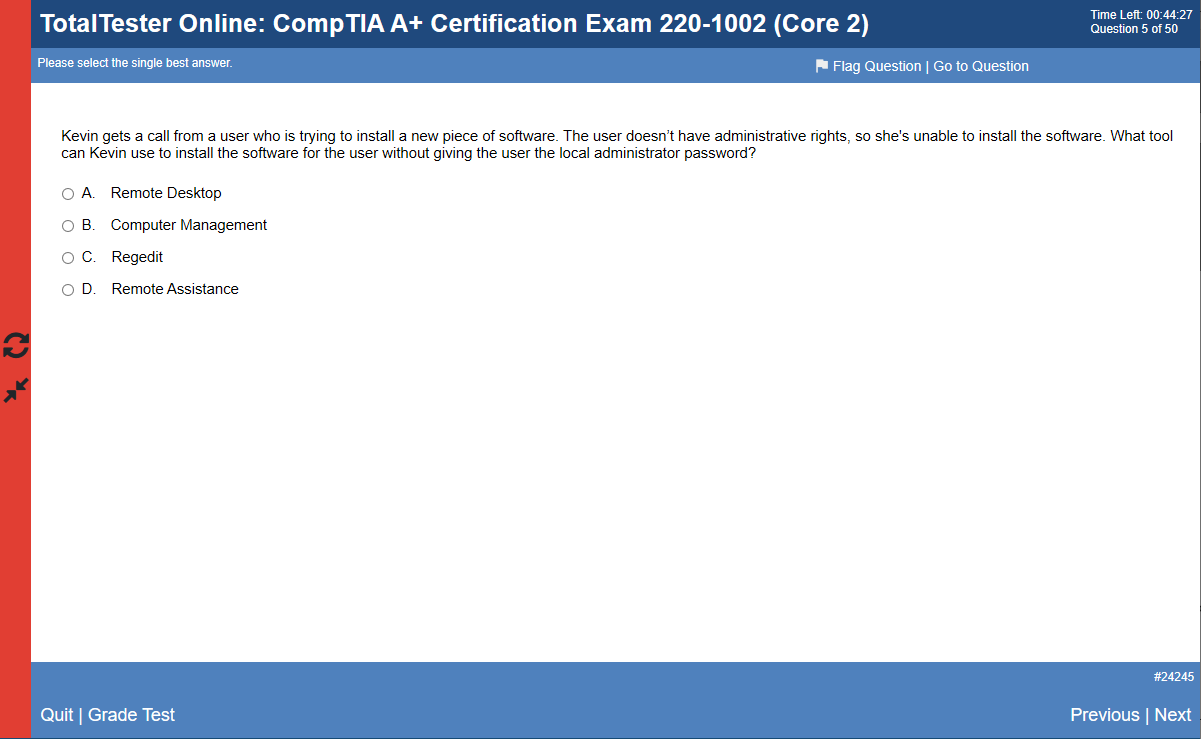Microsoft finds another bug in Windows print spooler
Microsoft is again urging its customers to disable Windows print spooler, warning of a new escalation-of-privilege vulnerability in all Windows versions, even those with the recent PrintNightmare patch. This is the third print spooler vulnerability to emerge in five weeks.
Another zero day vulnerability in Windows Print Spooler can give a threat actor administrative privileges on a Windows machine through a remote server under the attacker’s control and the ‘Queue-Specific Files’ feature.
Last month, a security researcher accidentally revealed a zero-day Windows print spooler vulnerability known as PrintNightmare that Microsoft tracks as CVE-2021-34527.
Exploiting this vulnerability lets a threat actor increase privileges on a machine or execute code remotely.
Total Seminars E-books are now available
Check out all of our E-Book titles. Available 24/7 for immediate access on the Total Seminars Training Hub.
Discount Exam Vouchers
Save on your CompTIA exams by purchasing vouchers from Total Seminars web site.
Try our TotalSims
Prepare for performance-based questions and do hands-on exercises to reinforce concepts while studying for the exams.
Try our TotalTester
Hundreds of questions with customizable exams. Each new exam is pulled from a pool of questions, so each exam is different. Create exams by objectives or by chapter. Take your custom test in Exam mode or in Practice mode with hints, explanations and study references. Get results graded by exam objective so you know where to focus your review. The best way to prepare for the exam questions is to practice as many questions as you can.
Microsoft released a security update to fix the vulnerability but researchers determined that the patch could be bypassed under certain conditions.
Since the incomplete fix, security researchers have been heavily scrutinizing the Windows printing APIs and have found further vulnerabilities affecting the Windows print spooler.
Remote print server used in attack
Security researcher and Mimikatz creator Benjamin Delpy has publicly disclosed a new zero-day vulnerability that allows a threat actor to easily achieve SYSTEM privileges on a Windows machine through a remote print server under their control.
In a conversation with BleepingComputer, Delpy said that his exploit uses the ‘Queue-Specific Files’ feature of the Windows Point and Print capability to automatically download and execute a malicious DLL when a client connects to a print server under an attacker’s control.
“At printer installation time, a vendor-supplied installation application can specify a set of files, of any type, to be associated with a particular print queue,” explains Microsoft’s documentation on the ‘Queue-Specific Files’ feature.
“The files are downloaded to each client that connects to the print server.”
To exploit the vulnerability, the researcher created a print server accessible over the Internet with two shared printers that use the queue-specific files feature.
When executing the malicious DLL, it will run with SYSTEM privileges and could be used to run any command on the computer.
Will Dormann, a vulnerability analyst for CERT/CC, has released an advisory for this vulnerability that provides further information.
“While Windows enforces that driver packages themselves are signed by a trusted source, Windows printer drivers can specify queue-specific files that are associated with the use of the device. For example, a shared printer can specify a CopyFiles directive for arbitrary ICM files,” the new CERT advisory explains.
“These files, which are copied over with the digital-signature-enforced printer driver files are not covered by any signature requirement. That is, any file can be copied to a client system via Point and Print printer driver installation, where it can be used by another printer with SYSTEM privileges.”
“This allows for LPE on a vulnerable system.”
What makes this vulnerability so dangerous is that it affects all current versions of Windows and allows a threat actor to gain limited access to a network and instantly achieve SYSTEM privileges on the vulnerable device.
Using this access, threat actors can spread laterally through the network until they gain access to a domain controller.
Mitigating the new printer vulnerability
The good news is that Delpy and Dormann have shared two methods that can be used to mitigate this new ‘Queue-specific files’ vulnerability.
Both of these methods are outlined in the CERT advisory.
Option 1: Block outbound SMB traffic at your network boundary
As Delpy’s public exploit uses a remote print server, you can block outbound SMB traffic to prevent access to the remote computer.
However, Dormann states that the MS-WPRN can also be used to install drivers without using SMB, and threat actors could still use this technique with a local printer server.
Therefore, this mitigation is not a fail-safe method of blocking the exploit.
Option 2: Configure PackagePointAndPrintServerList
A better way to prevent this exploit is to restrict Point and Print to a list of approved servers using the ‘Package Point and print – Approved servers’ group policy.
This policy prevents non-administrative users from installing print drivers using Point and Print unless the print server is on the approved list.
Using this group policy will provide the best protection against the known exploit.
BleepingComputer has contacted Microsoft regarding the issue but has not heard back.
Source:


